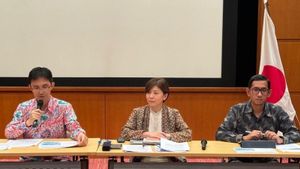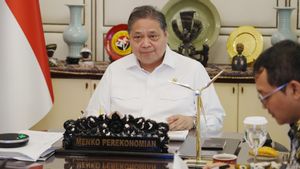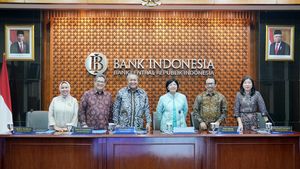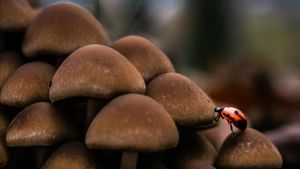JAKARTA Indonesian WWF Environmental Conservation Organization states that human modern life is currently increasingly difficult to escape from the use of plastic and the production of plastic waste. It is stated that plastic waste is not less a manifestation of its derivative, namely microplastic waste which is no less dangerous for the environment and the sustainability of all creatures.
WWF-Indonesia Footprint Lead, Tri Agung Rooswiadji said that microplastic waste is a small fragment of plastic with a size of less than 5 millimeters.
According to him, microplastics generally have two primary microplastics that are deliberately produced in small form and secondary microplastics are microplastics resulting from degradation from larger plastics that are scattered in the environment.
Microplastic waste comes from various sources, including industrial waste, inappropriate waste disposal, and larger plastic degradation. The size is super small, making this type of waste easier to spread to various places," he said in a written statement, Thursday, September 21.
Tri explained that there are a number of microplastic hazards to the environment, such as damage to marine ecosystems, water pollution, endangering human health, and encouraging climate change.
"To deal with microplastic problems, in principle, of course it is the same as dealing with waste problems in general, which must start from oneself through good and responsible product habits and options," he said.
Tri explained several things that are considered to reduce this negative impact. First, reduce the use of disposable plastic objects. Second, avoid rubber and plastic abrasion as much as possible. Third, don't use synthetic materials such as synthetic fragrances, synthetic brooms, and so on.
SEE ALSO:
Fourth, avoid petroleum-based oil, such as kerosine, serecin, and petroleum. Fifth use a rather wet lap when cleaning up dust. And the sixth is to avoid objects with plastic coatings.
"Collaborative efforts are needed between the government, society, and the industrial sector in reducing the use of single-use plastic, improving good waste management, and developing environmentally friendly alternative solutions," he stressed.
Based on data from the National Waste Management Information System (SIPSN) of the Ministry of Environment and Forestry (KLHK), every day human life and activity generates a volume of 71,688,84 tons of waste. Of this figure, the volume of plastic waste is ranked second most after food waste.
"With the right steps, we can protect the environment in Indonesia from the dangers of microplastic waste and pass on a clean and healthy nature to future generations," Tri concluded.
The English, Chinese, Japanese, Arabic, and French versions are automatically generated by the AI. So there may still be inaccuracies in translating, please always see Indonesian as our main language. (system supported by DigitalSiber.id)
















